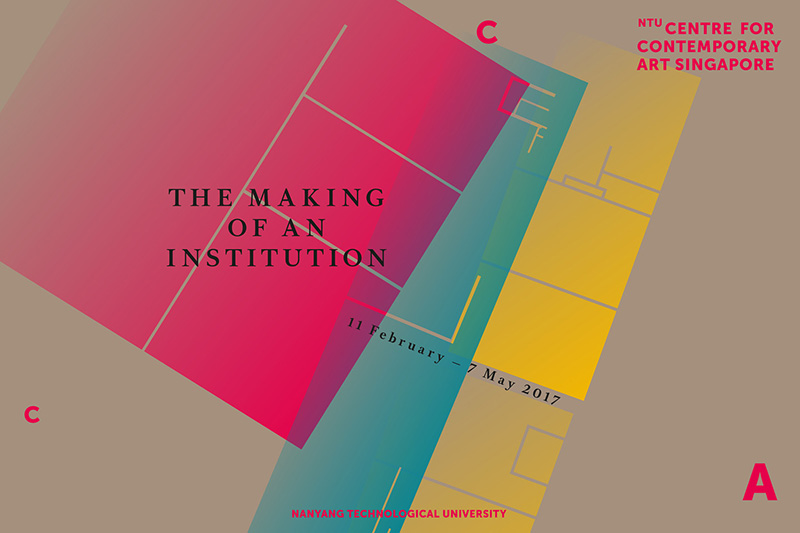ART CITIES:Singapore- The Making of an Institution
 The role of a contemporary art institution should not be limited to the presentation of art. It feeds off and nurtures the cultural ecosystem it belongs to through a complex series of actions that often reside in the realm of the immaterial. “Free Jazz”, the inaugural programme of NTU Centre for Contemporary Art (NTU CCA) Singapore in 2013 addressed the foundational question “What can this institution be?” highlighting the skill of improvisation and free play.
The role of a contemporary art institution should not be limited to the presentation of art. It feeds off and nurtures the cultural ecosystem it belongs to through a complex series of actions that often reside in the realm of the immaterial. “Free Jazz”, the inaugural programme of NTU Centre for Contemporary Art (NTU CCA) Singapore in 2013 addressed the foundational question “What can this institution be?” highlighting the skill of improvisation and free play.
By Dimitris Lempesis
Photo: NTU CCA Singapore Archive
Three years later, different questions are raised with the exhibition “The Making of an Institution”, what could the role of the NTU CCA Singapore be for the years to come within a fast changing local, regional, and global cultural landscape? What are the criteria to evaluate its achievements and impact? The exhibition captures different moments in the development of the Centre connecting artistic projects, discursive manifestations, and the institutional apparatus in a seamless display. It looks back into its young past in order to shape its future. Challenging the format of an exhibition, “The Making of an Institution” creates a communal space where projects and research explorations by the Centre’s Artists-, Curators-in-Residence, and Research Fellows coexist with ongoing series of talks, screenings, performances, and workshops. The project engages the Centre’s main pillars: Exhibitions, Residencies, Research and Academic Education that served as a framework for its activities since 2013. As said NTU CCA Singapore’s Founding Director Ute Meta Bauer “The Making of an Institution is a celebration of the international community we have built, including scholars, artists, and the public. Now it is time for us to reflect and analyse our achievements before the exciting next steps ahead”. The exhibition is divided into four sections borrowed from the structure of a report: “Reason to Exist: The Director’s Review”, “Ownership, Development, and Aspirations”, “Artistic Research” and “Communication and Mediation”. The first section, “Reason to Exist: The Director’s Review” maps out a network of institutions, like NTU CCA Singapore, that place research at the core of their identity. Each guest director closely examines the vision, mission, and operative model of her respective organisation in a series of talks aimed at deepening our understanding of the changing role of contemporary cultural institutions. “Ownership, Development, and Aspirations” is a public panel with the NTU CCA Singapore’s International Advisory Board that stresses the importance of feedback and exchange among peers especially in the development phase of an institution. The section dedicated to “Artistic Research” frames the material and immaterial aspects that constitute contemporary art practices. It takes over the Centre’s physical spaces juxtaposing artworks and research projects by NTU CCA alongside various formats of public programming. The last section “Communication and Mediation” explores the production of an institution’s identity through visual communication and spatial practices. Through workshops and presentations, artists, architects, and designers will discuss how they create diverse visual and spatial identities for art institutions.
Info: Curators: Ute Meta Bauer, Anna Lovecchio and Anca Rujoiu, NTU Centre for Contemporary Art Singapore, Gillman Barracks, 43 Malan Road, Singapore, Duration: 11/2-7/5/17, Days & Hours: Tue-Sun 12:00-19:00, http://ntu.ccasingapore.org
